Non-sterile Pharma: How to perform a Growth Promotion test on culture media?
To understand how culture media GPTs (Growth Promotion Tests) are conducted in non-sterile pharma, we contacted a SuperMicrobiologist; Alexandra Foucher.
Alexandra has been a microbiology supervisor for over 20 years in the pharma industry, having conducted thousands of growth promotion tests… actually, it’s TNTC (Too Numerous To Count)!
So, we interviewed her to learn her… little secrets.
Introduction to growth promotion testing in non-sterile pharma microbiology

Alexandra, can you introduce us to the microbiology laboratory where you work?
I’m a microbiologist in a laboratory that produces non-sterile pharmaceutical products. We manufacture dry forms (tablets, capsules) and liquid forms (syrups, mouthwash).
What types of culture media do you use in the quality control laboratory?
We use 2 types of culture media:
Agar bottles (pour plate method) for the controls of objectionable microorganisms. We use Cetrimide, VRBG, Mac Conkey, and XLD agars.
Ready-to-use agar plates, already poured. We mainly use these for environmental controls (90mm sedimentation Petri dishes and contact plates). For these agars, we use TSA and Sabouraud. We also order pre-poured Chapman agars.
How often do you perform growth promotion tests?
We conduct GPTs on all received batches. This represents about 120 GPTs per year for my laboratory. It’s a lot, but unfortunately, our storage areas are limited and for some references, the expiry dates require us to place frequent orders.
Executing and interpreting growth promotion tests
How do you prepare the strains used for growth promotion tests?
We use the 7 strains from the European Pharmacopoeia (A.brasiliensis, B.subtilis, C.albicans, P.aeruginosa, S.aureus, E.coli, S.abony).
To simplify handling in the microbiology laboratory, we order ready-to-use strains, the Bioball from bioMérieux. These strains are already calibrated to the correct concentration for our growth promotion tests (<100 cfu per inoculate).
Do you perform GPTs with your environmental isolates?
Not now… but I must admit that it’s a subject we are closely following!
How exactly are your Growth Performance tests conducted?
For the agars media which are used for enumeration; We deposit 100µL of the calibrated strain solution (about 55 cfu) onto the new batch and onto a previous validated batch. We do not make duplicates.
For the agars used in detection; We only test the new batch.
How long do you incubate your agars before reading them?
We follow the incubation times recommended by the European Pharmacopoeia (Chapters: 2.6.12 and 2.6.13).
For example, for Mac Conkey, we must read it in less than 18 hours. For Cetrimide we read Pseudomonas aeruginosa in less than 18 hours and Escherichia coli (for selectivity) after 72 hours.
This means that if we have 30 colonies on our control plate, we must have between 15 and 60 colonies on the new batch to release it.
Moving on to the results, what criteria do you use to consider that your new batches of media are valid?
For agars used in enumeration, the result of the new tested batch must not differ by more than a factor of 2 compared to the inoculum. This means that if we have 30 colonies on our control plate (old validated batch), we must have between 15 and 60 colonies on the new batch to release it.
For agars used in detection, we will do a visual observation of the colonies and compare them with photos we have in our SOPs. We will focus on the growth, appearance, and indicative reactions. If the qualitative aspect is consistent, then we release the batch of agars for routine use.
What advice would you give to microbiologists conducting fertility tests on culture media?
Some strains are more capricious than others… like Pseudomonas!
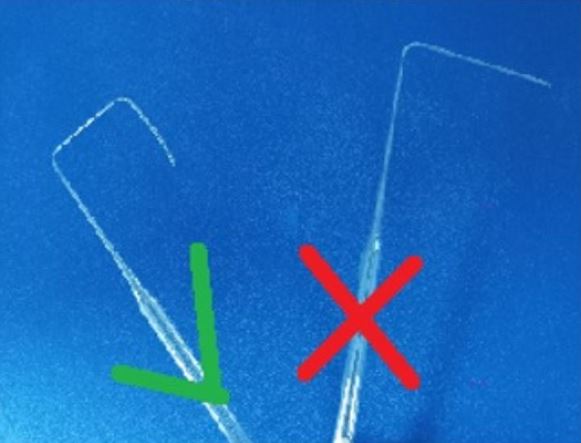
This reminds me of an anecdote. In our laboratory, we use Pasteur pipettes that we melt to make spreaders. We realized that if we didn’t make a double elbow with 90° angles, we had significant losses for Pseudomonas (which is very sensitive to spreading). So, we changed our way of doing things and since then, everything has been going well. If we pamper them well, they return the favor 😉
Thank you very much Alexandra for all this information.
Like Alexandra, come and share your experience with us. Contact us!

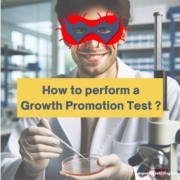

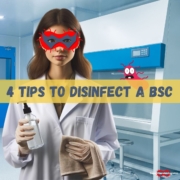

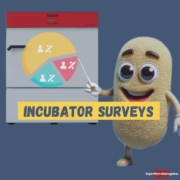
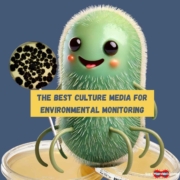
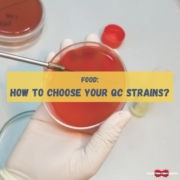





Leave a Reply
Want to join the discussion?Feel free to contribute!